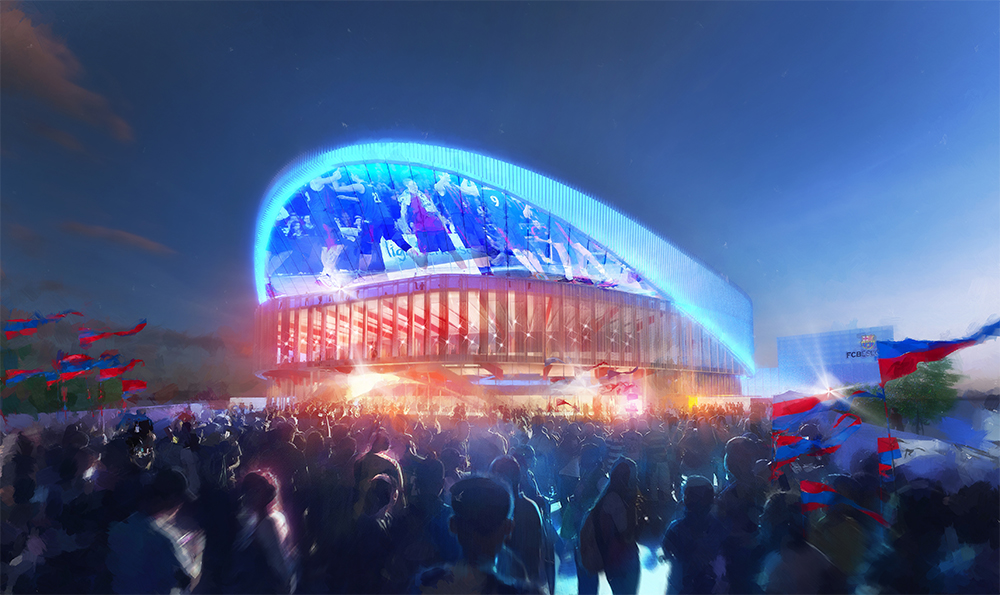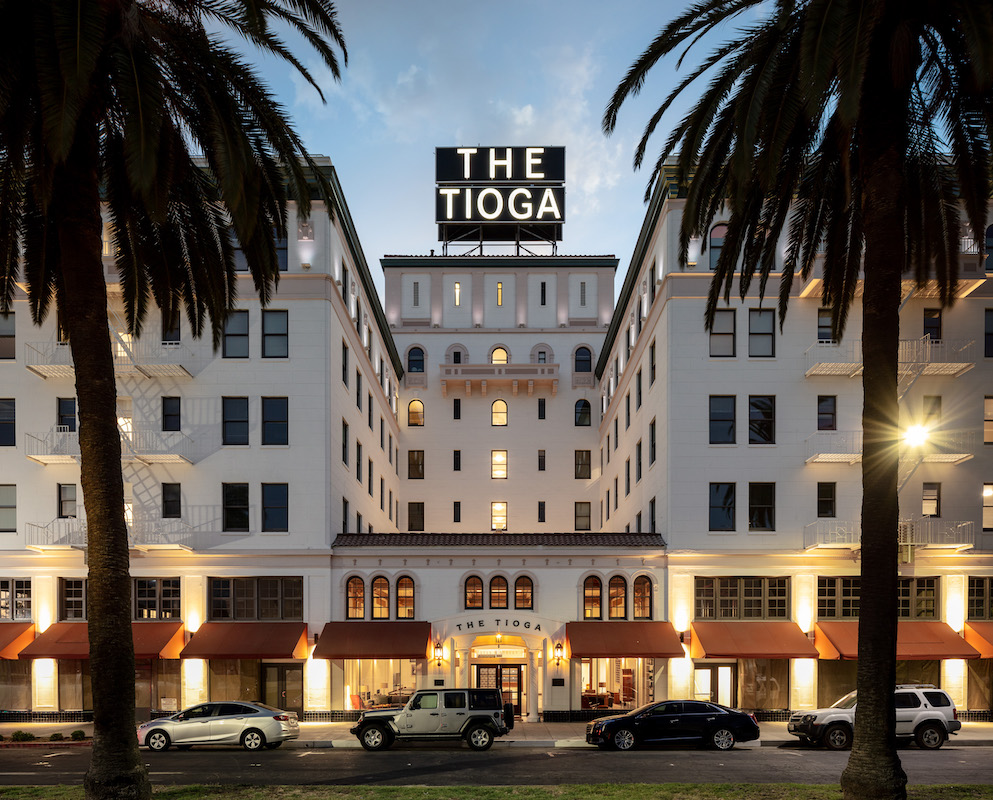Egyptian-born artist Ludvic, a Canadian citizen who’s made his home in the U.S. for the past 25 years, is a sculptor whose art embraces what he finds in the environment.
His work makes use of the detritus of civilization, the leftover flotsam and jetsam from modern society’s movement forward, as its raw material.
“I don’t search – I find,” he says.
In his work, steel replaces marble, granite and bronze. Content and form, rather than casting and carving, connect his work to his time. Sustainability adds a new skill to art making, he says, where found objects create a new genre.
When artists confront barriers in their work every day, he believes, they’re able to make art that’s not precise like clockwork, but detours instead into imperfections, unpredictability and conjecture. It is, he believes, how art transcends reality.
Each of his works of art is weighted and calculated for its part of the whole. “I call it the continuum that transfers steel into a linguistic vocabulary,” he says. “There is no perfection in art, because completion is impossible. The process itself presents potentialities and opportunities at every turn, and functions only at the dictates of the piece itself.”
He takes inspiration from cubist George Braque, who once said that in art, only one thing matters – that which cannot be explained.
“You have to work close to the limits of the impossible to arrive at the possible,” he says. “If you think of the real enough, then you’ll arrive at the surreal.”
His work is an attempt to create an alphabet from which the viewer can create poetry.
“A poet can intimate, but cannot visualize,” he says. “Then comes the artist to marry the image and the material together, and the lyrical happens.”
For more information, go to http://www.ludvic.com/Asset.asp?AssetID=6826&AKey=QRG5QVCH
[slideshow id=348]


